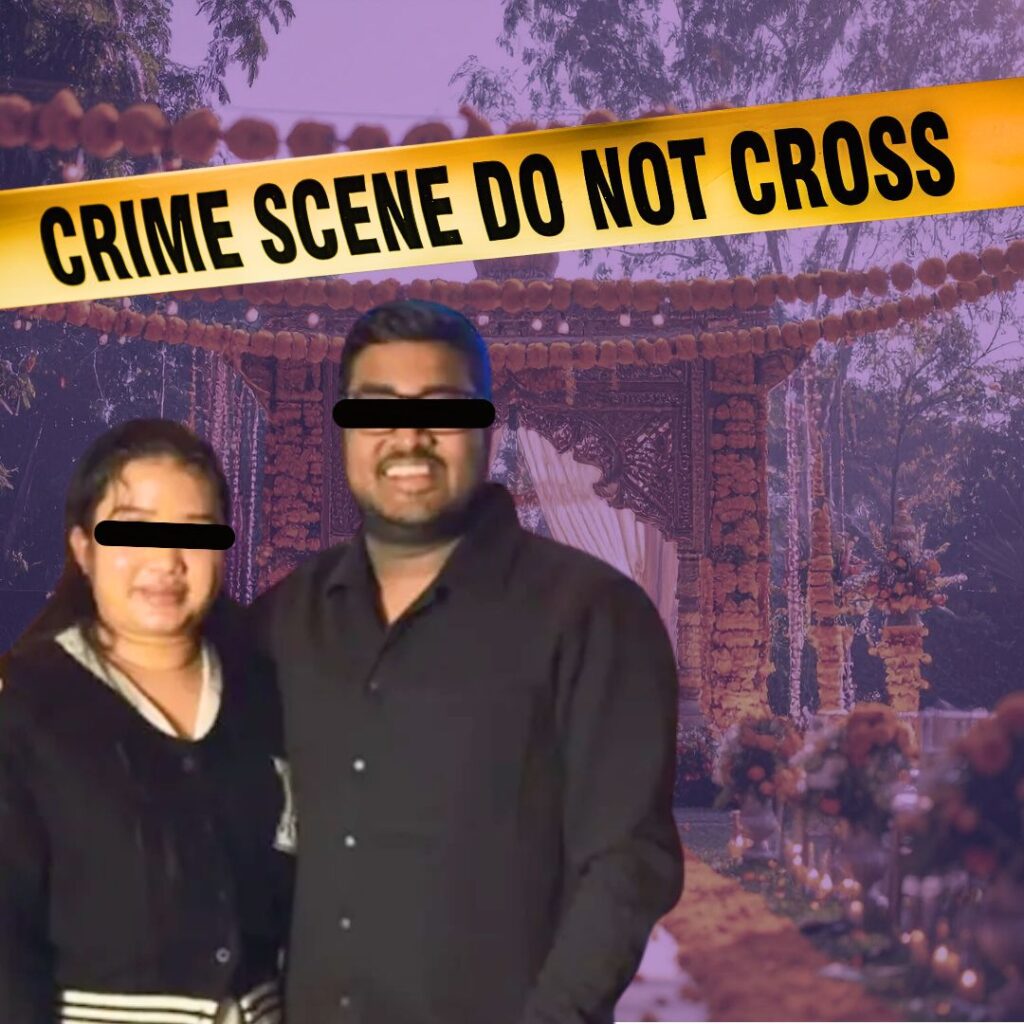The annual Crime in India Report 2017 was published by the National Crime Records Bureau (NCRB) on Monday, October 21, after a two-year delay.
The report suggests that 3,59,849 cases of crime against women were reported in the country. The list was topped by Uttar Pradesh with 56,011 cases, followed by Maharashtra with 31,979 cases and West Bengal 30,002. This was followed by 29,778 cases in Madhya Pradesh, 25,993 in Rajasthan and 23,082 in Assam
“Majority of cases under crimes against women were registered under ‘Cruelty by Husband or his Relatives’ (27.9 per cent) followed by ‘Assault on Women with Intent to Outrage her Modesty’ (21.7 per cent), ‘Kidnapping & Abduction of Women’ (20.5 per cent) and ‘Rape’ (7.0 per cent),” the report said.
While 3,38,954 cases of crimes against women were registered in 2016, over 3.2 lakh cases were registered in 2015.
However, Delhi saw a decline in crimes against women for the third straight year. The report stated that as many as 13,076 FIRs were registered in 2017, down from 15,310 in 2016 and 17,222 in 2015.
Eight states registered crimes against women only in three digits, without even one per cent contribution to the all-India figures. These states include Arunachal Pradesh, Goa, Himachal Pradesh, Manipur, Meghalaya, Mizoram, Nagaland, Sikkim, Tripura.
Coming to Union Territories, Chandigarh registered 453 cases, followed by 132 in Andaman and Nicobar Islands, 147 in Puducherry, 26 in Daman and Diu, 20 in Dadra and Nagar Haveli, and only six in Lakshadweep.
Under the Union Ministry of Home Affairs, the NCRB collects and analyses crime data as defined by the Indian Penal Code and special and local laws in the country.
No Cases Of Mob Lynching, Khap, Religious Killings
Surprisingly, in its report, the NCRB did not publish data collected under the new sub-heads of death due to mob lynching, murder by influential people, killing ordered by khap panchayat and murder committed for a religious reason.
According to an Indian Express report during the tenure of former the NCRB Director Ish Kumar the agency began a massive restructuring of data. It was under him that the bureau revised the category of murder and added new sub-heads of mob lynching and religious killings among others. “It is surprising that this data has not been published. This data was ready and fully compiled and analysed. Only the top brass would know the reason why it has not been published,” an official privy to the data collection process said.










